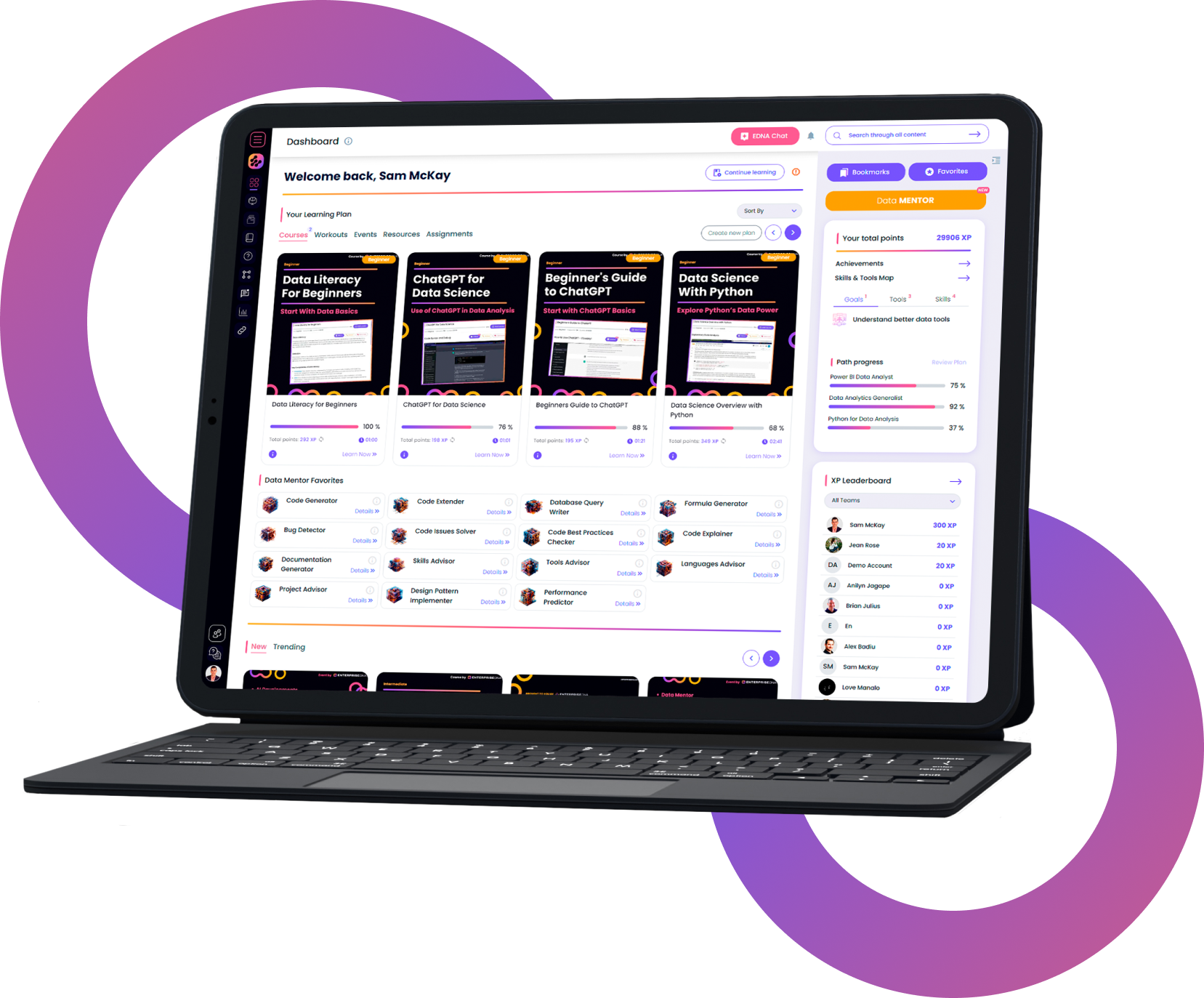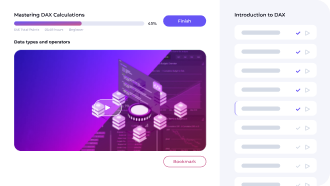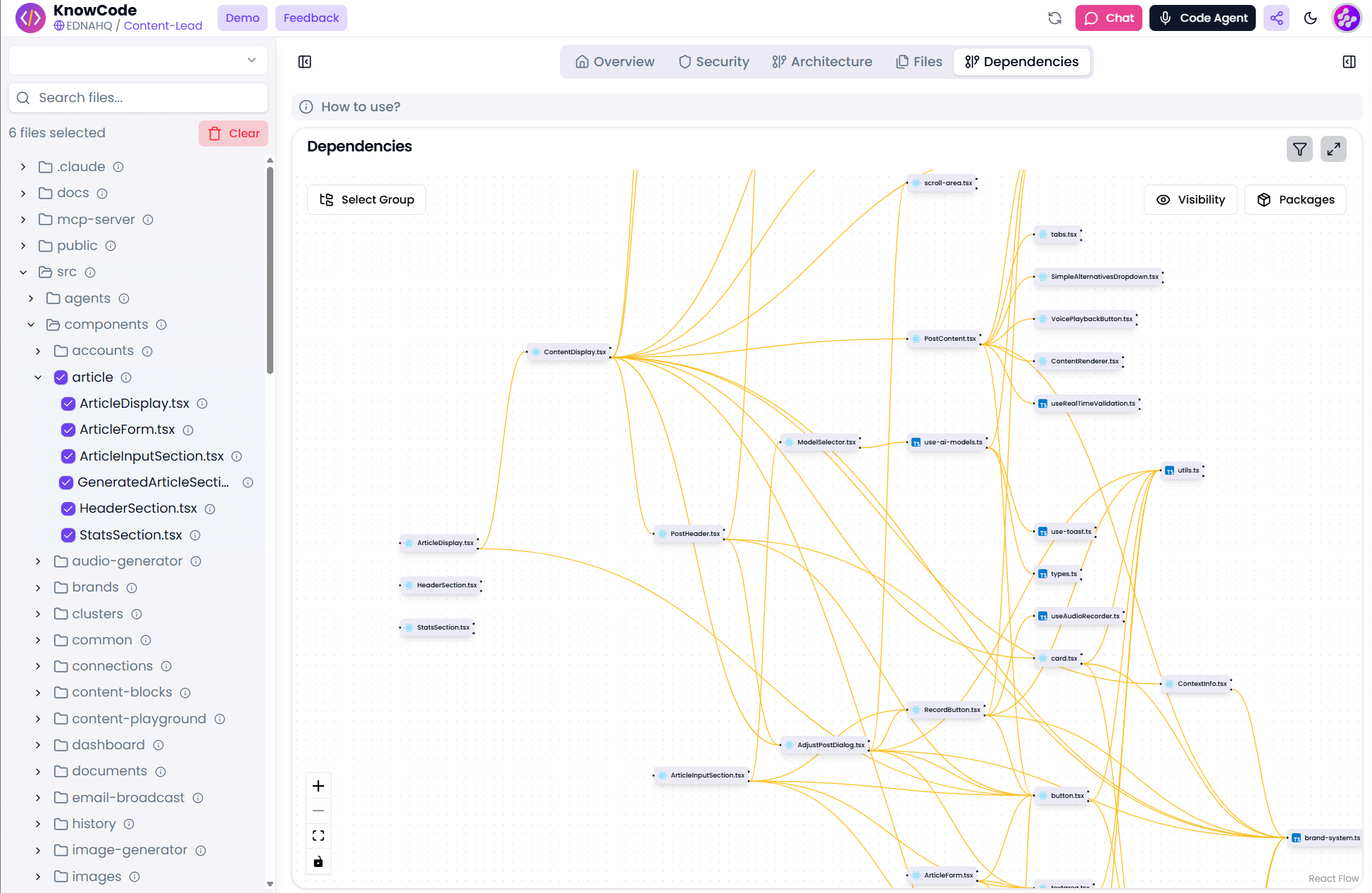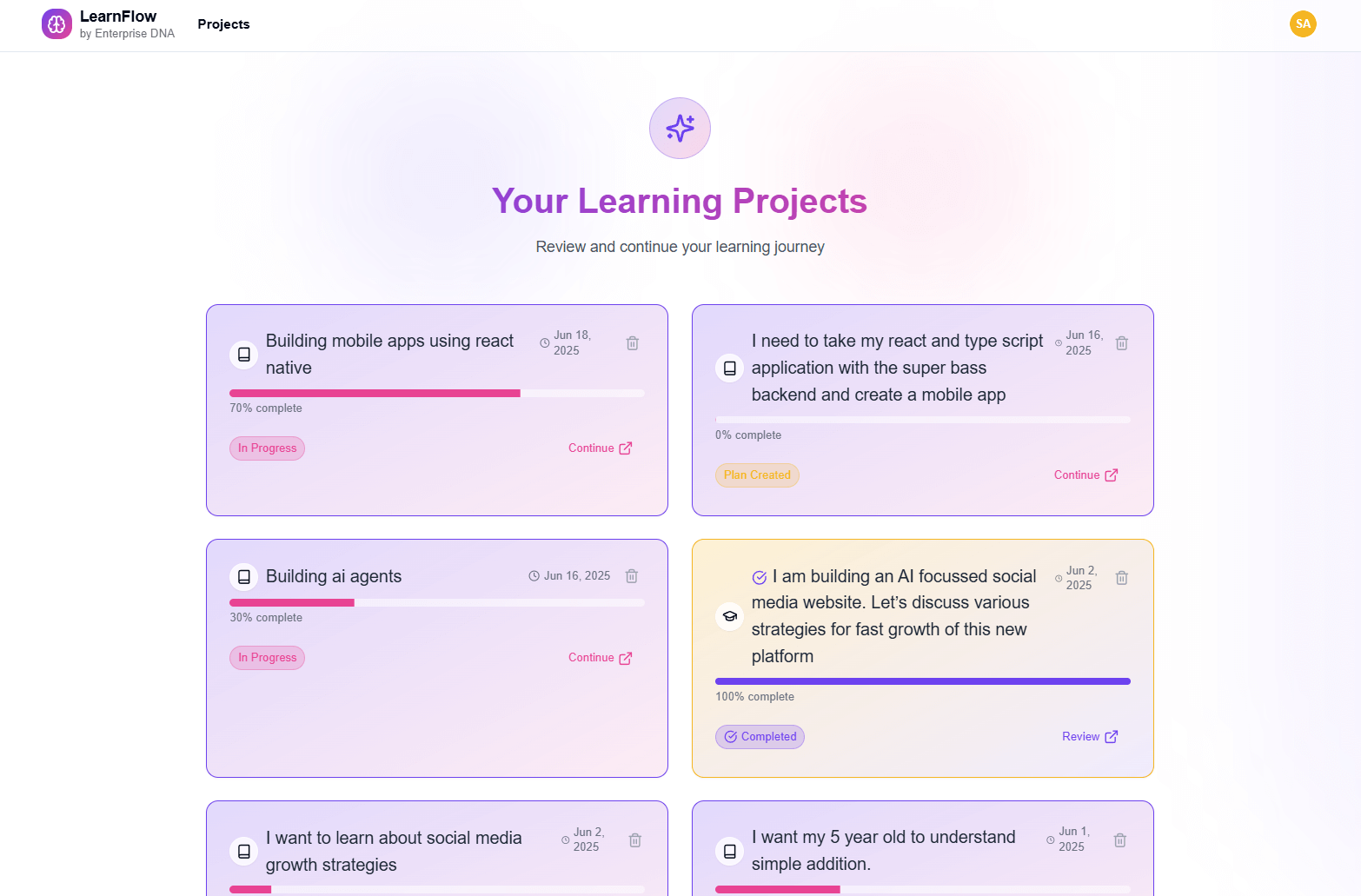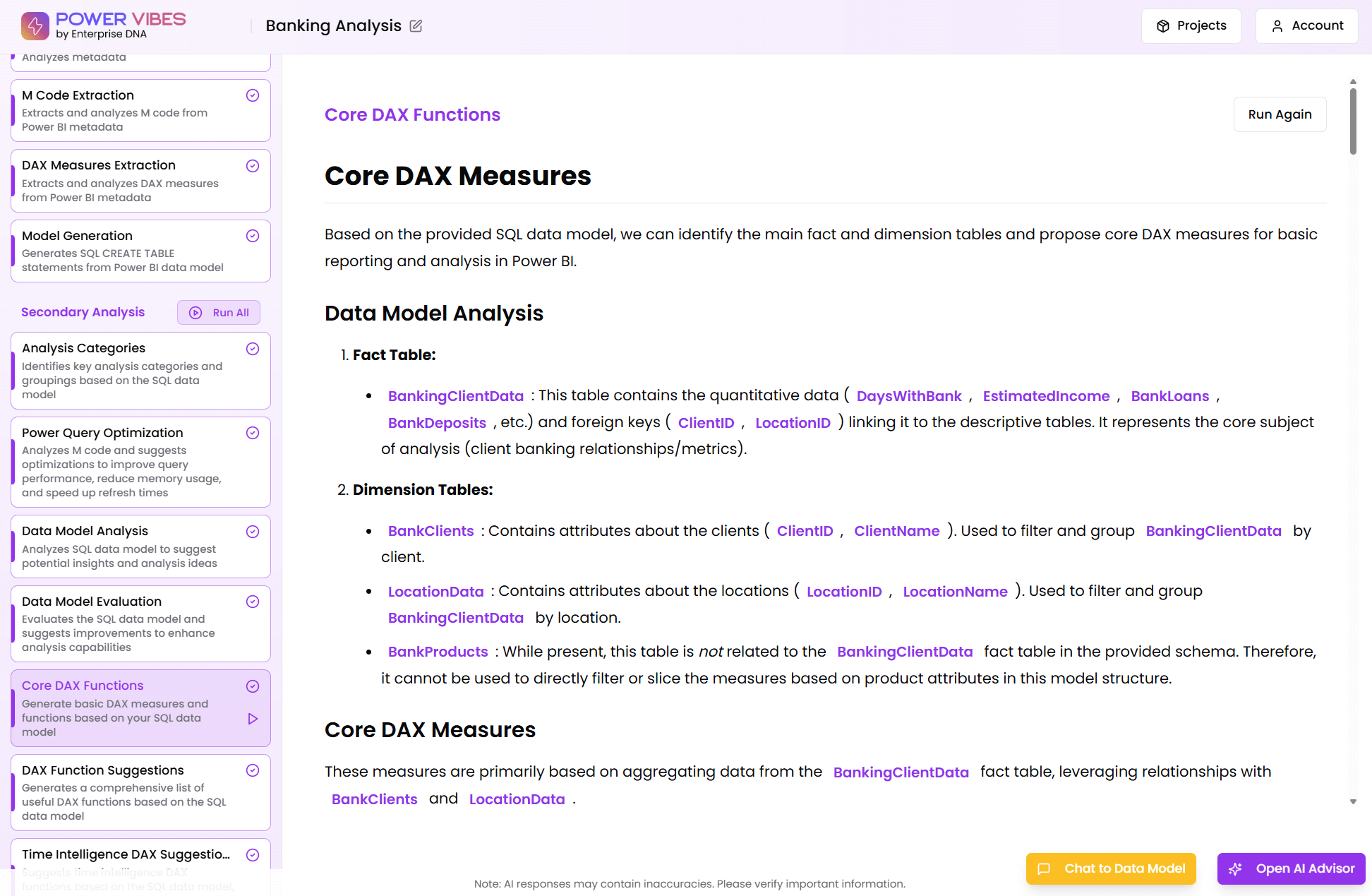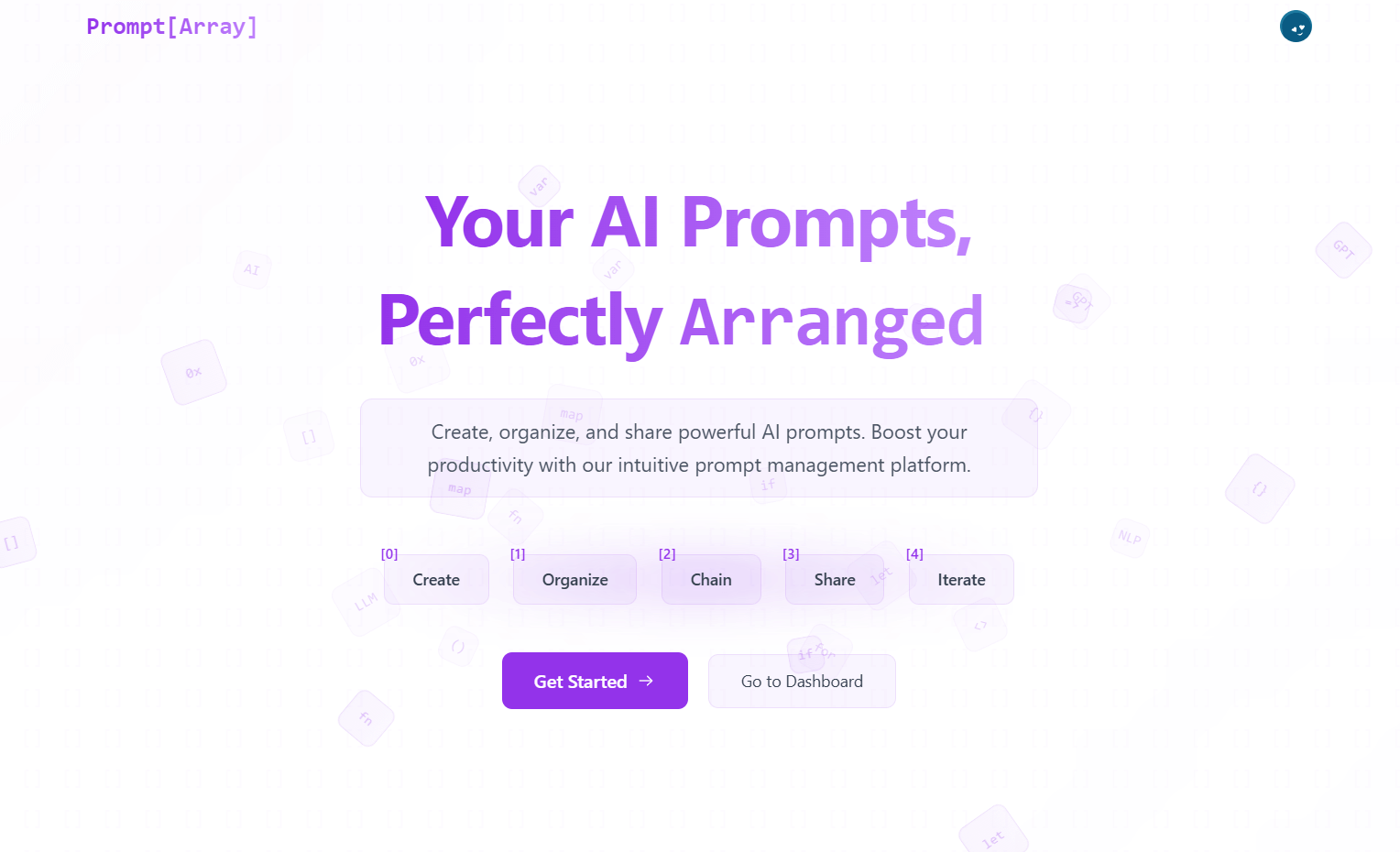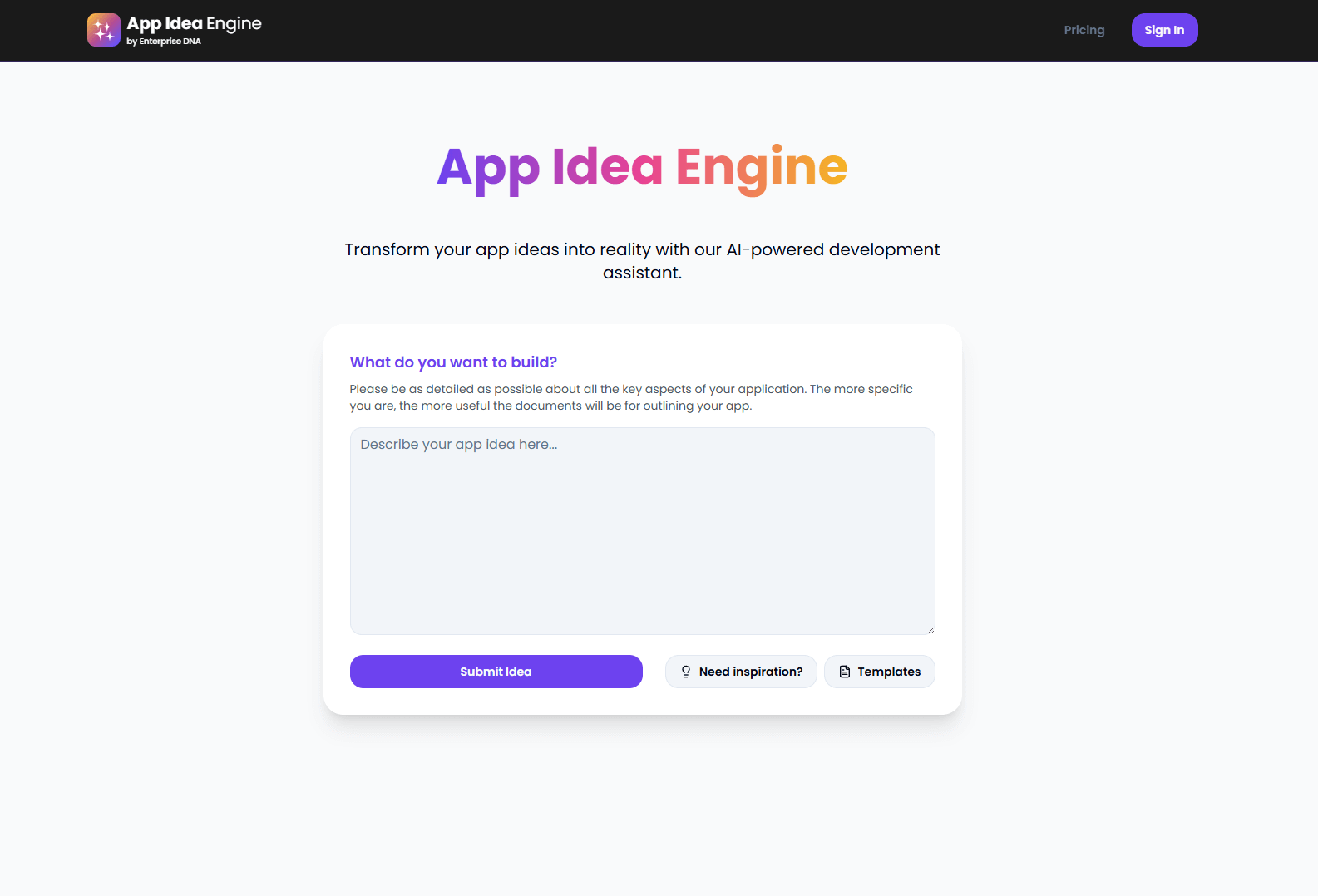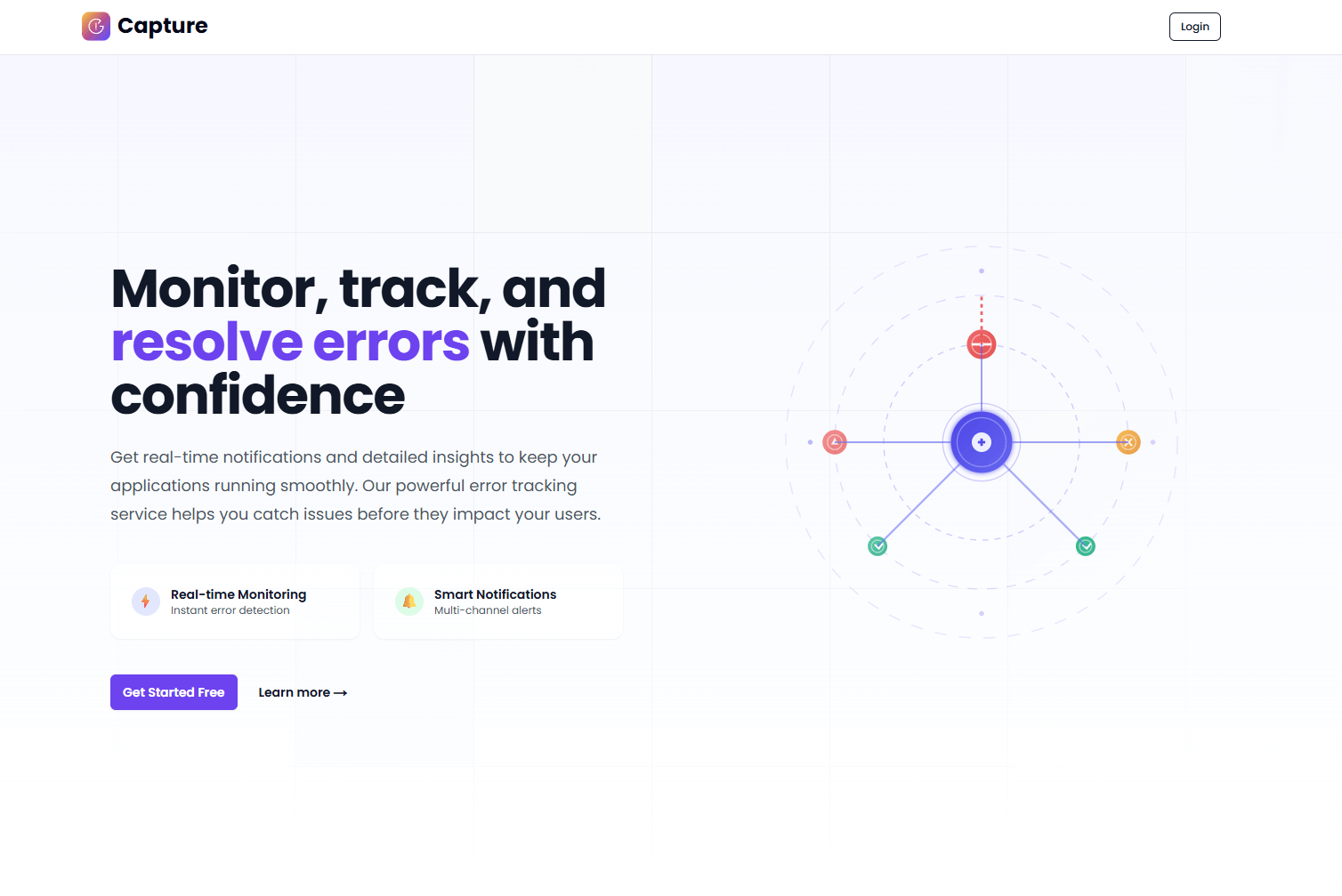Power Query/M - Nested Structures
Master structured values in the M language and unlock new ways to interact with data. Dive deep and elevate your data manipulation skills!
Included in:
Trusted by 220,000+ people worldwide.
An outline of this training course
Want to level up your data analysis skills? Mastering structured values in Power Query across platforms like Excel and Power BI can significantly enhance your reporting and data modeling capabilities. Just as mastering virtual tables is crucial for leveraging DAX, understanding how to manipulate nested structures in Power Query will enable you to execute complex transformations with ease. Unlock your potential and gain the skills to transform your data into powerful insights. Join us to discover how!
What is needed to take this course
To reap maximum benefit from this course, you should have a working knowledge of the Power Query user interface and have completed Melissa’s eDNA course on Power Query/M Fundamentals. This course builds on the knowledge of basic Power Query structures (values, list, records, tables, and functions) covered extensively in the fundamental course.
That course dealt with each structure separately. This course will teach you what can be achieved by combining these types in almost every form (e.g., Lists of tables, tables of lists, records containing lists, functions transforming lists within tables, etc.)
Who is the course for
This course is for the intermediate to advanced Data Analyst who wants to make maximal use of Power Query to push transformations “upstream” (e.g., closer to the data source, per Roche’s Maxim), thereby increasing report transparency, maintainability, and speed. Moving transformations and calculations not dynamic within the context of a reporting session will also dramatically simplify your DAX.
Details of what you will learn in this course
- Quick intro to Lists, Records and Tables
- Explore expand and extract options
- Access structured values
- Use Row Index- and or Key Match Lookup
- Selection and Projection
- Expanded vs Nested transformations
- and more
What you get with the course
- A three-hour self-paced video training
- Resource pack that includes the PBI source files
Program Level
Intermediate
Field(s) of Study
Computer Software & App
Instruction Delivery Method
QAS Self-study
***This course was published in January 2023
Enterprise DNA is registered with the National Association of State Boards of Accountancy (NASBA) as a sponsor of continuing professional education on the National Registry of CPE Sponsors. State boards of accountancy have final authority on the acceptance of individual courses for CPE credit. Complaints regarding registered sponsors may be submitted to the National Registry of CPE Sponsors through its website: www.nasbaregistry.org
What our
Students Say
Curriculum
Course Overview
Resources
Introduction
Expand and Extract Options
Item, Field Access, Lookup, Selection and Projection
Transforming Nested Values
Your Feedback
Certification
Continuous Learning
Your
Instructor
Melissa de Korte
Enterprise DNA Expert
- Skilled in ETL and Modelling. Delivered practical Power Query solutions in both Excel and Power BI.
- Expertise in analysing business process data. Delivering, deploying and supporting Power BI solutions throughout the organisation.
- All-round Power platform enthusiast.
Frequently Asked
Questions
What’s the difference between a free account and a paid plan?
Do I need to know anything about data science or data analytics to get started with Enterprise DNA?
How will I be charged?
Can I get an invoice for my company?
Are refunds available?
Will AI take over the world and make data skills worthless?
Recommended
Courses

Mastering Automation with Power Automate

Building and Deploying AI-Driven Apps

AI App Development Beginners Guide
Get full access to unparalleled
training & skill-building resources
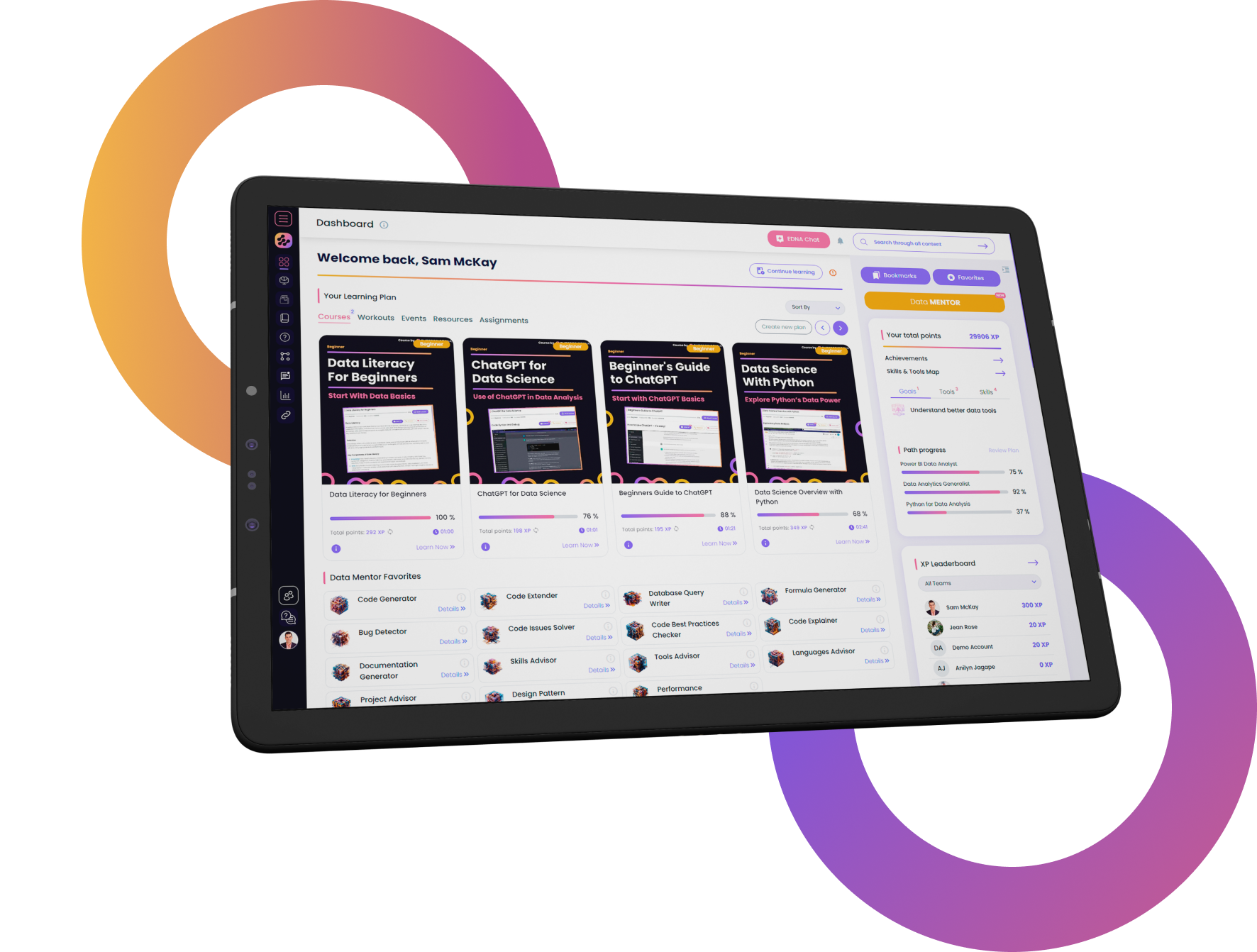
FOR INDIVIDUALS
Enterprise DNA
For Individuals
Empowering the most valuable data analysts to expand their analytical thinking and insight generation possibilities.
Learn MoreFOR BUSINESS
Enterprise DNA
For Business
Training, tools, and guidance to unify and upskill the data analysts in your workplace.
Learn More